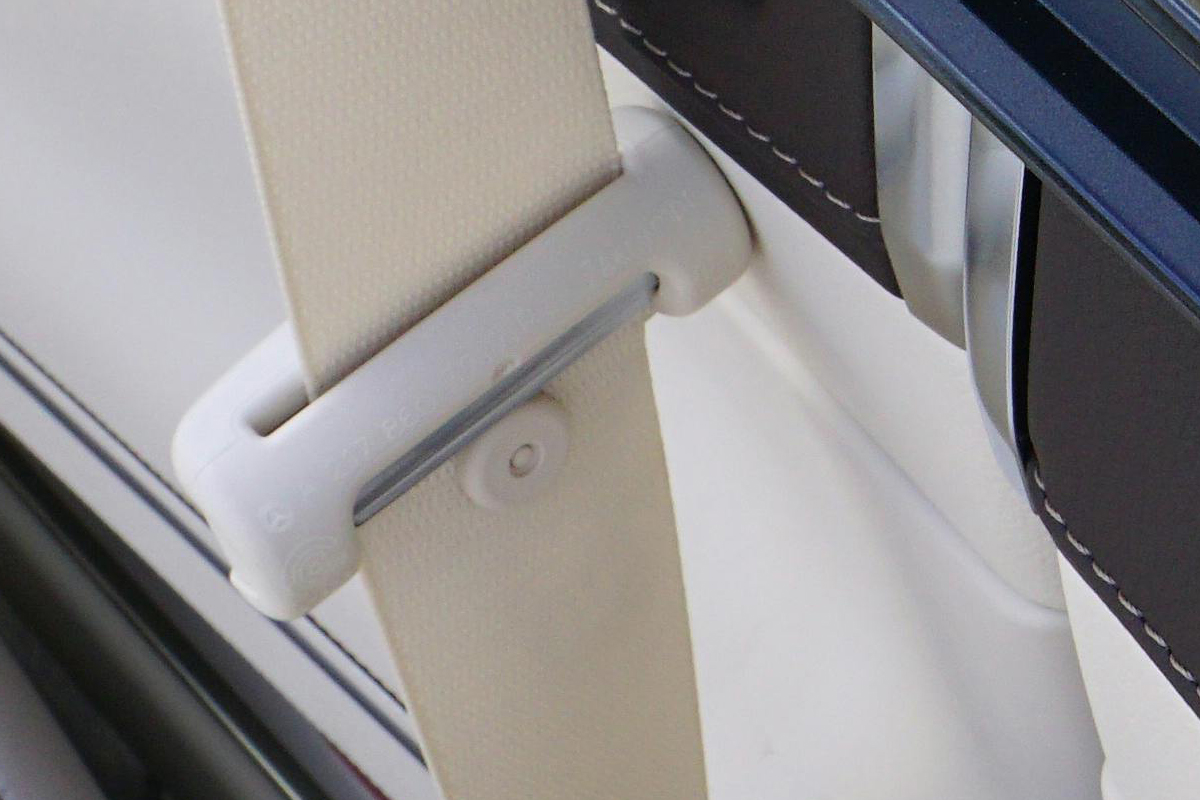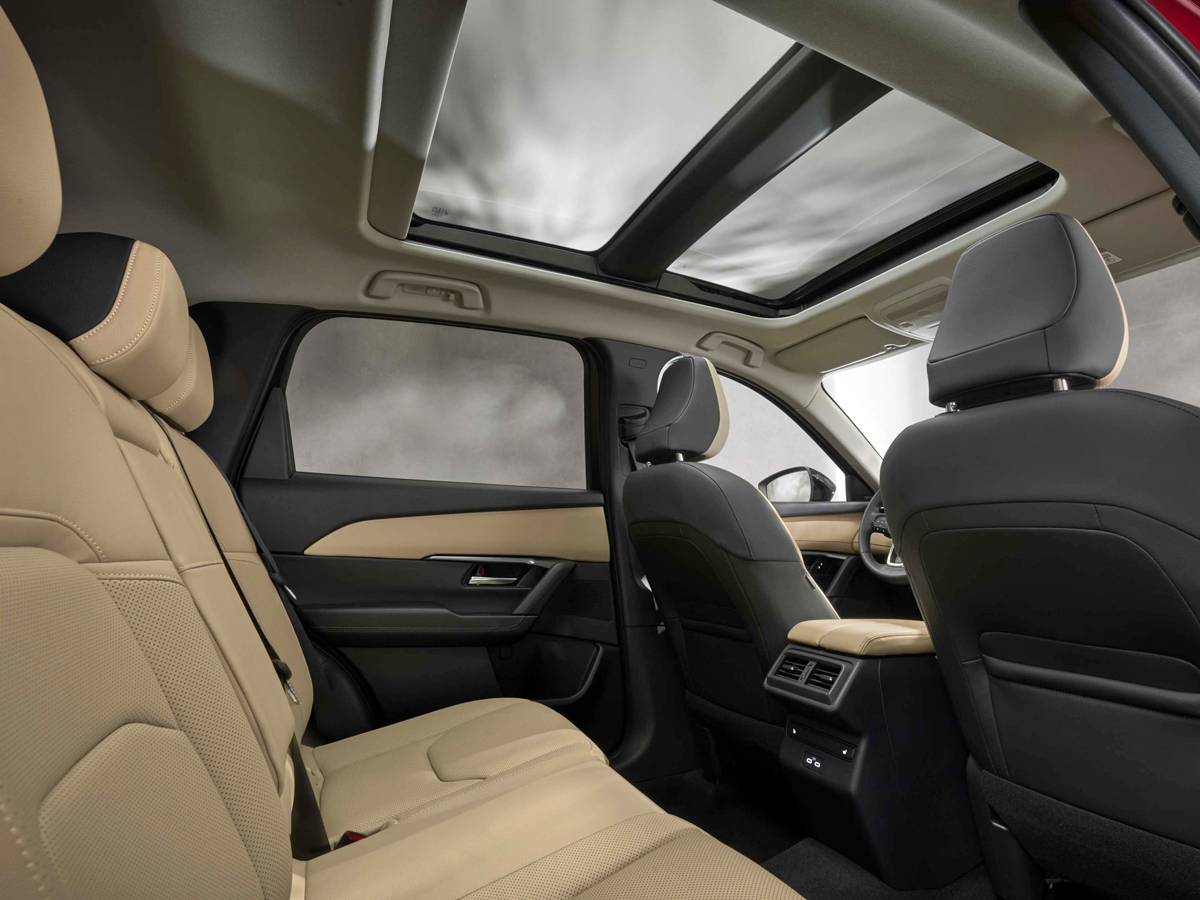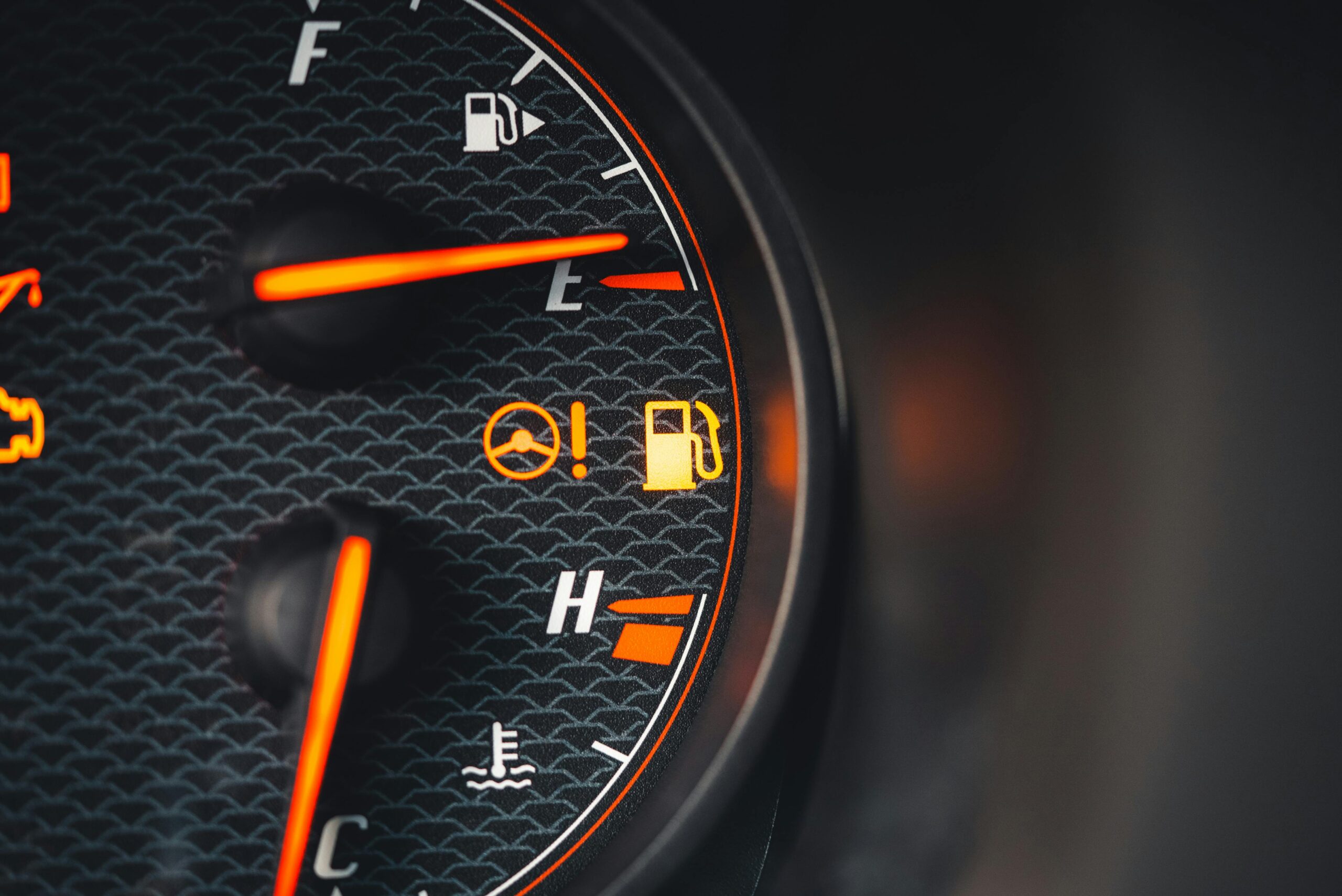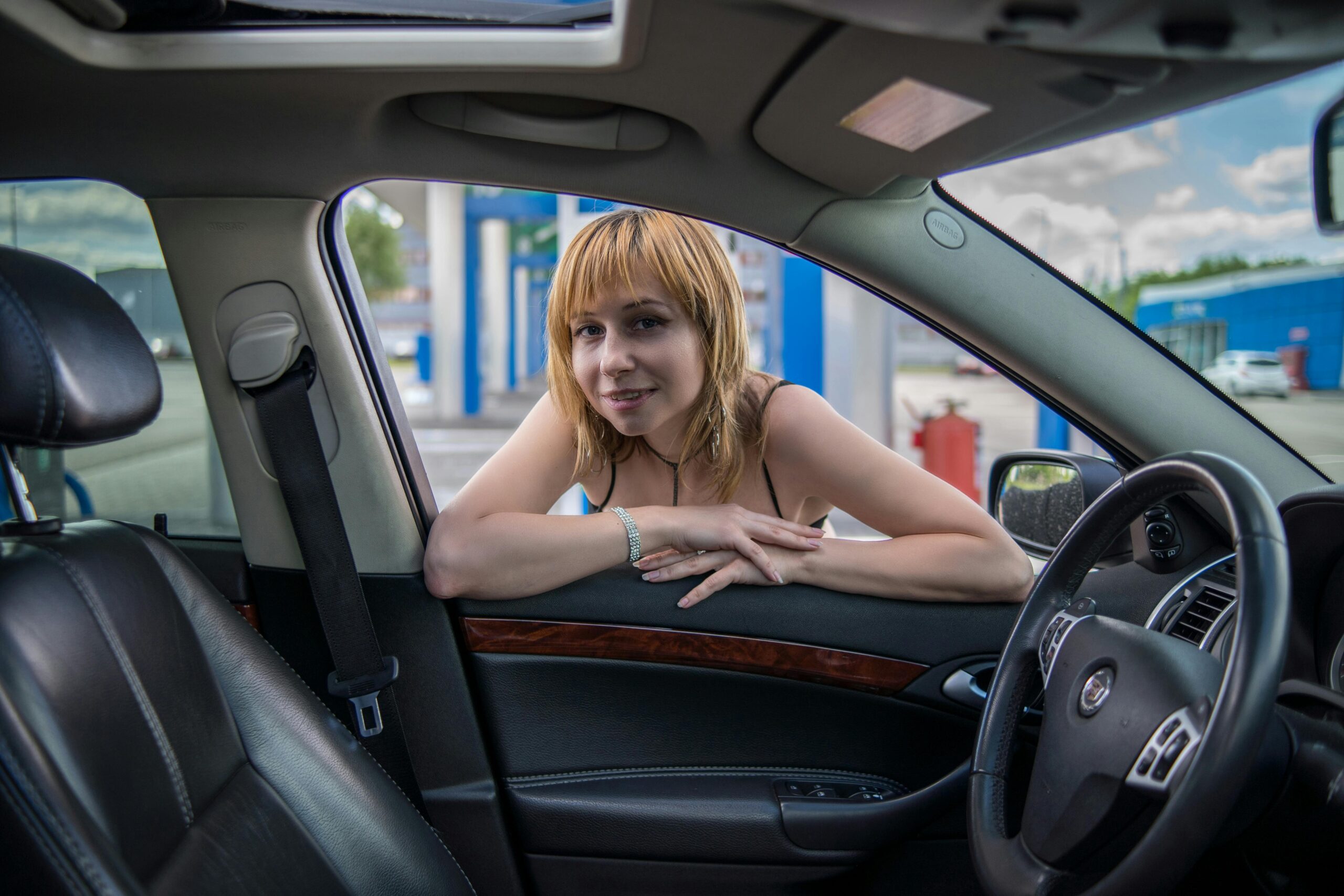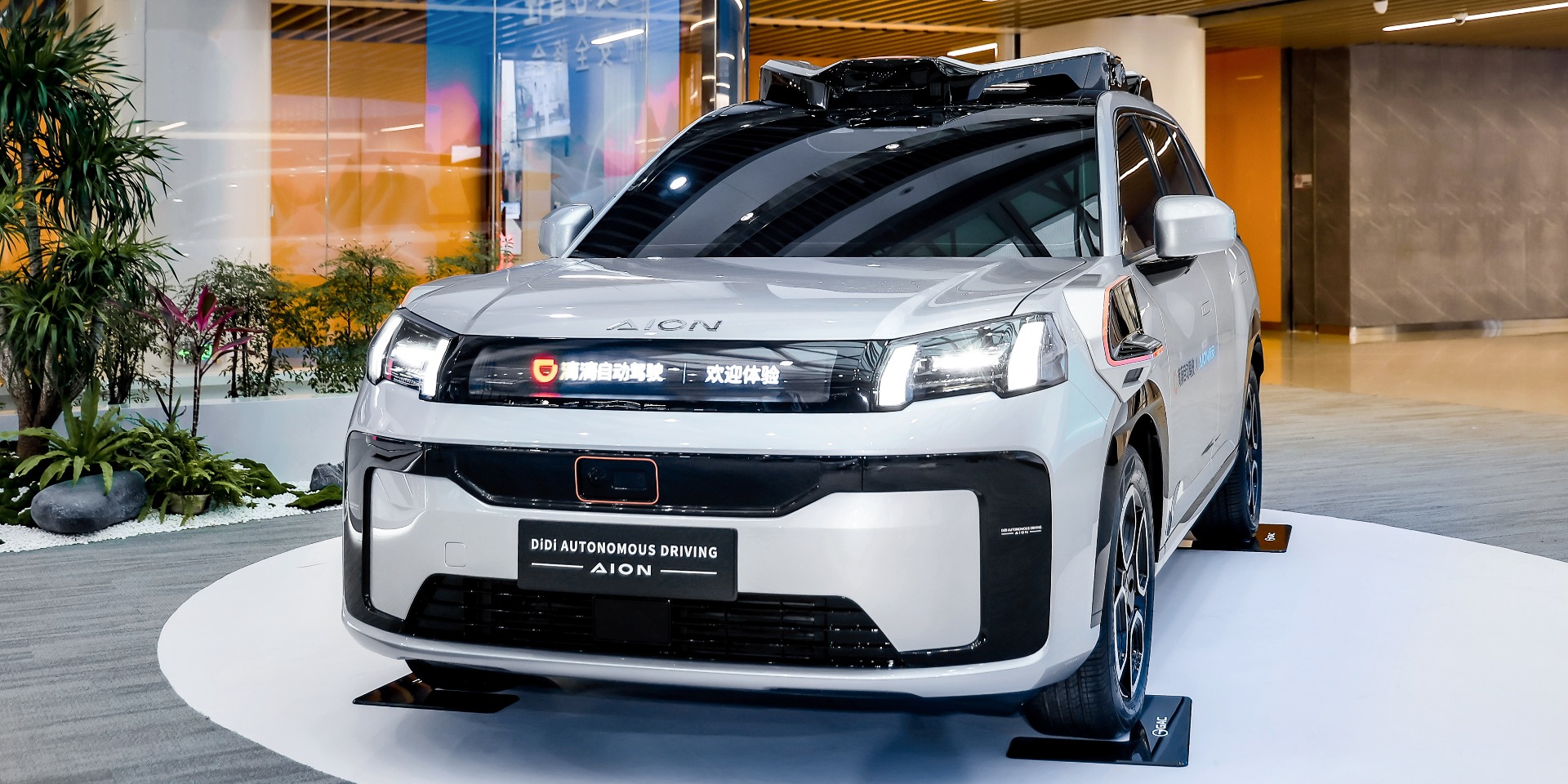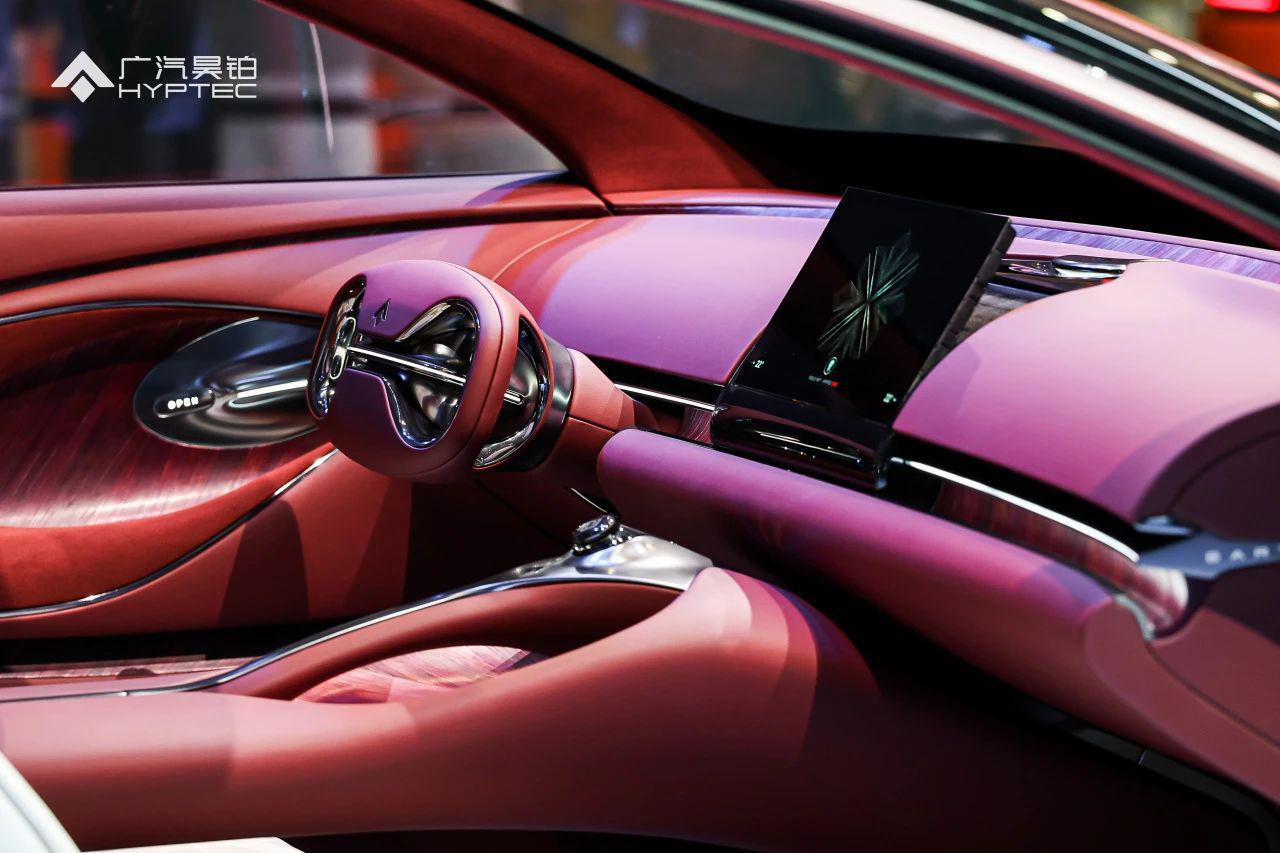Haval Jolion Vs Toyota Corolla Cross – Which should you buy?
Haval Jolion or Toyota Corolla Cross? It’s a question that many buyers shopping for a new compact SUV might be asking! We shed light on perhaps the 2 most significant products currently available in the compact SUV segment — the locally-assembled Toyota Corolla Cross and the facelifted Haval Jolion, including the recently launched Jolion Pro!
It’s no secret that the compact SUV segment is booming in South Africa and the Haval Jolion and Toyota Corolla Cross are among the most popular models in the segment.
Where does the Haval Jolion and Toyota Corolla Cross fit in?
In 2021, Haval rocked the segment with the launch of the Jolion. Not only is it physically larger than its main rivals but the Jolion’s value proposition is further strengthened with comprehensive standard features and keen pricing that’s difficult to ignore. It’s no surprise then that the Jolion has been a runaway sales success. Read our Haval Jolion Review

To keep the Jolion offering as sharp as a tack, Haval recently welcomed the facelifted Jolion to market but perhaps more significantly, launched the eye-catching Jolion Pro alongside it. The Jolion Pro is built on the same platform as the regular Jolion but it stands slightly wider and taller while also gaining an uprated engine option, a unique grille execution and sporty addenda for those seeking a more flamboyant Jolion package.
For buyers not entirely convinced by the sassy Chinese Jolion, offerings from an established brand such as Toyota hold major appeal and this is where the locally-built Toyota Corolla Cross comes in.

The Corolla Cross, which arrived on showroom floors in 2021, has also been selling strongly in the compact family SUV segment where it goes head-to-head with the Haval Jolion. It too ticks many of the boxes that buyers in this segment seek such as value, efficiency and practicality.
For buyers seeking enhanced efficiency, the Haval Jolion Hybrid and Toyota Corolla Cross Hybrid are also available, with the latter doing brisk business locally for the Japanese car giant. At the pinnacle of the Corolla Cross range and taking the fight to the newly-launched Jolion Pro is the Gazoo Racing-infused Corolla Cross GR-S, but which one should you buy?
The main aim of this article is to help you, the consumer, make an informed buying decision. To help you do this, we will provide you with the need-to-know information and insight based on available vehicle information and our experience with the cars in question.
This article will cover key aspects including Styling, Engine Performance, Efficiency & Handling, Interior Features & Safety, Dimensions & Practicality and Pricing and Warranty details.
If at the end of this article you are still undecided as to ‘What To Buy’, you are more than welcome to reach out to us for additional information or advice via X, Facebook or Instagram and our experienced test team will gladly assist you.
Exterior Styling
Haval Jolion

The Jolion range is now identified by the facelifted Jolion City comprising 2 derivatives and the new Jolion Pro (pictured above), also with 5 derivatives for buyers to choose from. Styling changes to the Jolion City appear to be minimal while the new Jolion Pro takes the product offering up a few notches thanks to its hexagonal, vertical-slat grille, coupe-like silhouette, black door handles, sporty alloy wheels and suave LED taillights.
For style-conscious buyers, the Jolion Pro is likely to be well received, but does it look better than the Toyota Corolla Cross? We’ll let you decide!
Toyota Corolla Cross

In comparison, the Toyota Corolla Cross adopts a more restrained styling execution but its visual appeal is undeniable. With a total of 7 derivatives to choose from, the Corolla Cross appeals to a broad audience.
The Corolla Cross GR-Sport, which came to market in 2022, is the most boldly styled, benefiting from a gloss black mesh grille sporting obligatory GR badging while the black roof, side mirrors, roof rails and rear spoiler add a sportier touch to the package, as do the black alloy wheels.
Engine Performance, Efficiency and Ride Quality
| Haval Jolion City / Pro | Haval Jolion Pro S and Hybrid | Toyota Corolla Cross / GR-S | Toyota Corolla Cross Hybrid | |
| Engine | 1.5-litre, 4-cylinder, turbopetrol | 1.5-litre, 4-cylinder, turbopetrol 1.5-litre naturally-aspirated petrol + front electric motor | 1.8-litre, 4-cylinder, naturally-aspirated petrol | 1.8-litre petrol-electric hybrid |
| Power Output | 105 kW (City & Pro) Uprated to 130 kW for the Jolion Pro S | 1.5T: 130 kW 1.5T HEV: 140 kW | 103 kW | 90 kW |
| Torque Output | 210 Nm (City & Pro) Uprated to 270 Nm for the Jolion Pro S | 1.5T: 270 Nm 1.5T HEV: 375 Nm | 172 Nm | 163 Nm |
| Transmission | 6-spd manual or 7-spd dual-clutch automatic | Continuously Variable Transmission (CVT) | Continuously Variable Transmission (CVT) | Continuously Variable Transmission (CVT) |
| Fuel Consumption (claimed) | 7.5 – 8.1 L/100km | 5.1 – 8.1 L/100km | 6.8 L/100km | 4.3 L/100km |
Haval Jolion – Performance

With its turbocharged petrol engine, the Haval Jolion offers punchy performance (which is good for driving at altitude) but the engine and transmission aren’t as refined as some of its rivals in this segment. The engine does sound laboured under harder acceleration and fuel efficiency is not the Jolion’s strength and depending on your driving style, you can expect real-world fuel consumption returns north of 8.5L/100km or more, which is disappointing.
In terms of ride and handling, the Jolion, like most GWM/Haval products is somewhat firmly sprung but it’s not compromised and still delivers a pliant and comfortable ride on various surfaces. More so, the Jolion also feels confidently planted to the road while cornering.

Read our latest launch review of the new Haval Jolion Pro
As for the new Jolion Pro S with its uprated 130 kW 1.5-litre turbopetrol engine, its acceleration and general performance is more forthcoming than the standard Jolion but higher-than-expected fuel consumption is the trade-off that buyers will have to live with. The engine also feels and sounds strained higher in the rev range. Ride quality in the Jolion S is quite firm which detracts from the package and this is attributed to the fitment of MacPherson struts and an independent rear link suspension which sets it apart from the standard Jolion.
Watch our video review of the Haval Jolion Hybrid?
Read our full review of the Haval Jolion 1.5T Super Luxury or watch our video review below.
Toyota Corolla Cross Performance

Unlike its turbocharged rivals, the Corolla Cross’ performance isn’t punchy, but rather more linear and workmanlike in its delivery. Owners at altitude, in Gauteng, for example, will therefore suffer some loss in performance and this will be exacerbated when the Corolla Cross is fully loaded with passengers and luggage. The engine and CVT transmission, however, are well paired and together they deliver a silky smooth and effortless driving experience. The upside is that the Corolla Cross returns much better fuel consumption than the Haval Jolion and real-world returns between 7.0- and 8.0 L/100km can be expected. Opt for the Corolla Cross Hybrid and your fuel-efficiency gains will improve even further.

As far as ride and handling goes, the Corolla Cross shines with notable on-road manners with sure-footed and composed handling ability and high levels of refinement that buyers in this segment will appreciate.
Read our launch review of the Toyota Corolla Cross GR-S
As for the sportier Corolla Cross GR-S derivative, its engine performance is much the same as stated above as there are no engine upgrades here but the Corolla GR-Sport is fitted with new shock absorbers and revised coil springs that have enhanced the car’s handling ability without making it to firm (unlike its Haval Jolion Pro S rival). The Corolla Cross does offer higher levels of refinement when it comes to ride quality compared to its Jolion rival.
Read: Toyota Corolla Cross – Living with it
Interior Features and Safety
For this section, we will compare key specifications of the non-hybrid range-topping derivatives from each respective model range.
You can, however, use our handy Cars.co.za Compare Tool to compare any vehicle derivative you like.
| Haval Jolion Pro 1.5T S Ultra Luxury | Toyota Corolla Cross GR-S | |
| Infotainment | 12.3-inch touchscreen with Apple CarPlay and Android Auto | 8-inch touchscreen with Apple CarPlay and Android Auto |
| Instrument Cluster | 7-inch digital instrument cluster, Head-Up Display | TFT Multi-Information Display |
| Bluetooth, voice control, USB | Bluetooth, font and rear USB | Bluetooth, voice control and 3 USB ports. |
| Wireless Charging | Yes | No |
| Surround View Camera | Yes, 360-degree | No, rear camera only |
| Front and Rear Park Distance Control (PDC) | Yes | Yes |
| Panoramic Sunroof | Yes | No |
| Cruise Control | Yes, adaptive | Yes, adaptive |
| Upholstery / Electric Seats | Artificial leather, electrically adjustable driver and passenger seat, heated front seats | Leather, manual seat adjustment |
| Safety Features | 6 airbags, ABS with EBD, brake assist, Electronic Stability Control with Traction Control, Adaptive Cruise Control with Traffic Jam Assist, pedestrian/cyclist detection, Blind Spot Warning, Lane Departure Warning, Lane Keep Assist, Lane-Centre Keeping, hill-descent control, Tyre Pressure Monitoring. | 7 airbags, ABS with EBD, brake assist, Electronic Stability Control, Toyota Safety Sense (Adaptive Cruise Control, Blind Spot Monitoring, Lane Trace Assist, Pre-Collison Assist) |
Feature Summary
While the range-topping Haval Jolion Pro and Toyota Corolla Cross GR-S are relatively evenly specified in terms of standard features, the Jolion still offers better feature value overall at the price. The Corolla Cross offers one airbag more than the Jolion while the Jolion’s Traffic Jam Assist and pedestrian/cyclist detection system makes driving in congestion and inner cities particularly trouble-free.
By comparing the base derivatives (Haval Jolion 1.5T City and Toyota Corolla Cross Xi), the standard specification offered is stronger in the Jolion, but importantly, it’s also priced at nearly R62 500 less than its Japanese equivalent, which is a significant difference for a budget-conscious buyer.
Note that interior fit and finish is good for both vehicles and the Jolion arguably adopts a more stylish/futuristic design approach versus Toyota’s more predictable/conservative approach. As far interior design goes, you will have to decide for yourself what you like most.
Dimensions and Practicality
| Haval Jolion / Pro | Toyota Corolla Cross | |
| Length | 4 472 mm / 4 470 mm | 4 460 mm |
| Width | 1 814 mm / 1 898 mm | 1 825 mm |
| Height | 1 619 mm / 1 625 mm | 1 620 mm |
| Wheelbase | 2 700 | 2 640 |
| Rear Seating Configuration | 60:40 split | 60:40 split |
| Load Bay Capacity | 337 L – 1 133 L | 440 L |
Practicality Summary
The Toyota Corolla Cross (left) and Haval Jolion (right) are similarly sized vehicles. The Jolion, however, is slightly longer and features a marginally longer wheelbase, which generally results in more passenger space. Nonetheless, both vehicles offer notable space for rear passengers.
The Corolla Cross, however, does offer a much larger load bay at 440-litres (over 100 litres more than the Jolion) which might be a critical factor for some buyers.
Haval Jolion and Toyota Corolla Cross: Pricing and Warranty
Pricing and Warranty
*Prices are accurate as of August 2025
| Haval Jolion and Jolion Pro | Price | Toyota Corolla Cross | Price | |
| Base | City (MT) | R347 950 | Xi (CVT) | R414 800 |
| Pro Premium | R391 150 | |||
| Mid | City Plus (AT) | R372 950 | Xs (CVT) | R452 200 |
| Pro Super Luxury | R427 950 | Hybrid Xs | R494 400 | |
| Top | Pro Ultra Luxury | R464 950 | XR (CVT) | R501 500 |
| Pro S Ultra Luxury | R498 950 | GR-Sport | R518 200 | |
| Pro HEV Ultra Luxury | R519 950 | Hybrid XR | R545 200 | |
| Hybrid GR-Sport | R561 700 | |||
| Warranty | 7-year/200 000km | 3-year/100 000km | ||
| Service Plan | 5-year/75 000km | 6-services/90 000km |
As highlighted in the above table, the Haval Jolion and Jolion Pro are aggressively priced against its Toyota Corolla Cross rival, particularly in the Base and Mid offerings where the price difference exceeds R60k or more.
What To Buy
There’s no doubt about it, this is not an easy buying decision to make!
Your decision will be determined by a number of factors including design preference, application (turbo or non-turbo), your need for certain features and ultimately, how much value you place on a badge.
For buyers who care only about getting the most car for their money, the Jolion and Jolion Pro remain superior in this regard. However, while the Jolion is packed with feature value, it’s let down by its middling performance and its higher fuel consumption is likely to irk some potential buyers. Its ride quality is also not quite as comfortable and forgiving as the Corolla Cross.
While the Corolla Cross lacks the performance urgency that a turbocharger provides, it does offer a far more resolved driving experience coupled with reasonable fuel efficiency. Ride quality is also more refined than what’s offered in the Jolion.
Despite its higher price premium, there’s merit in considering the Toyota as the Japanese firm has a much larger dealer footprint across South Africa as well as a proven track record for reliability and customer service. It’s also worth noting that the Corolla Cross is therefore likely to hold its value better in the used car market which is important if you plan on selling the car in the next few years.
All considered, what would you buy?
Buy a used Toyota Corolla Cross on Cars.co.za
Buy a used Haval Jolion on Cars.co.za
Frequently Asked Questions
Is the Haval Jolion a good car to buy?
According to Cars.co.za, the Haval Jolion is considered a good car to buy as it is a popular choice in the compact SUV segment. It offers an appealing blend of style, standard features, practicality, and value-for-money.
Is the Jolion a fuel-efficient car?
While Haval claims a fuel consumption range of 5.1-8.1 L/100km, the article notes that the car has been criticised for higher-than-expected fuel consumption in real-world driving situations.
Is the Haval Jolion all-wheel-drive?
No, the article specifies that the Haval Jolion is offered exclusively as a front-wheel-drive car.
Related Content
Haval Jolion (2025) Specs & Price in South Africa
Haval Cars for Sale in South Africa (2025)
Reviews
Haval Jolion HEV Review – Pricing, fuel consumption test, specs and practicality
Comparison articles
Haval Jolion vs Jolion Pro: What’s the Difference?
Haval Jolion Hybrid Vs Toyota Corolla Cross Hybrid: Which is the better buy?
Haval Jolion Vs Toyota Corolla Cross – Which should you buy?
Buyer’s Guide
Haval Jolion Buyer’s Guide Video






